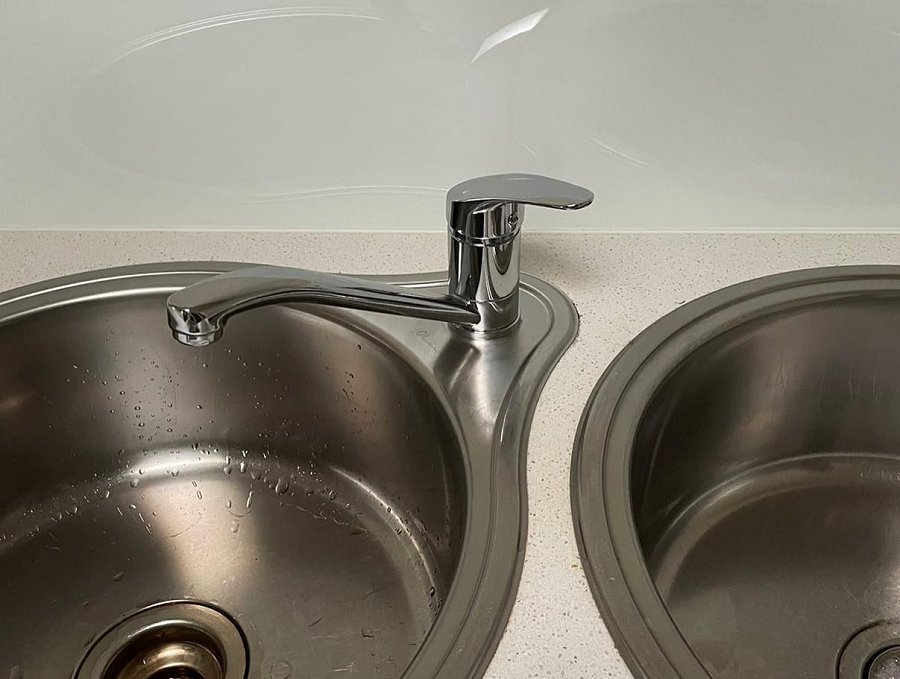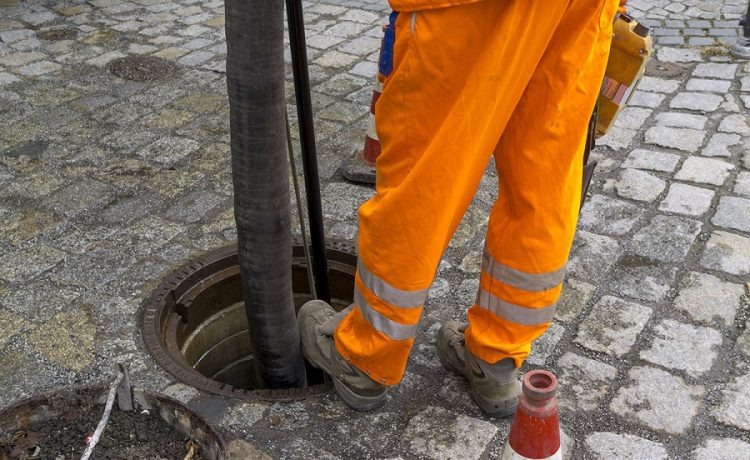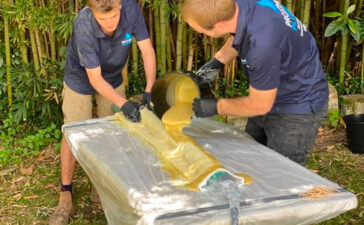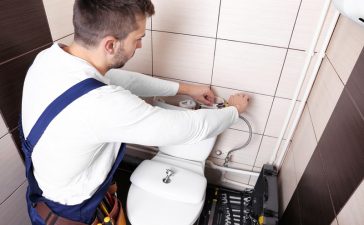Many things can cause a drain to clog up or become blocked, especially if you’re not careful on what you dispose of via said drain. For example, fatbergs – solid masses of grease, oil, and even hygiene products like wet wipes that have solidified – have become one of the major causes of blocked drains.
These aren’t limited to any one place, either. In 2017, a 130-tonne “monster” of a fatberg caused a lot of backups in Whitechapel sewers in London; that same year, there were smaller but no less concerning specimens in Singapore and Dannevirke, New Zealand, among other places. Given all that, if you suspect you have a fatberg somewhere in your plumbing system, what should you do besides calling a blocked drain plumber?
Are fatbergs common?
To give you a little perspective, in 2019 alone, a plumbing company had to remove at least 360 blockages caused by fatbergs in sewers in the Brisbane area and four other surrounding councils. That’s about 3500 blockages, which took around $1.2 million to clear.
In other words, though not a recent happening, fatbergs are becoming more common.
It’s worth noting the best way to remove fatbergs is to keep them from forming in the first place. The thing is, the fats, oils, and grease (FOG) that cause fatbergs to form are often simpler to dispose of through liquid waste channels as compared to solid waste. Unfortunately, even though they’re liquid at room temperature and higher, the typical conditions in plumbing and sewer systems cause these same materials to cool and eventually solidify.
Use Your Bin
Instead of scraping oils, fats, and grease food scraps into the sink, throw them in the bin. Use paper towels to wipe the grease from your pan. Wait for fat to congeal and scrape it into the bin, and pour used cooking oil into a container before tossing that.

Wash Only Household Cleaners Into Drains
Avoid washing strong chemicals, like paint, down the drain. Such chemicals can take longer than household cleaners and detergents to dissolve or break down. Plus, they could wreak havoc on the plumbing.
Remember the Three Ps When Flushing
What about in the bathroom? When flushing things into the toilet, don’t be fooled by a “flushable” label on wet wipes. These don’t dissolve as quickly as toilet paper, so they can contribute to fatberg formation.
As a general rule of thumb, if it doesn’t break down easily, bin it instead of flushing it. Instead, stick to the three Ps: pee, poo, and paper.
Removing fatbergs
While a fatberg won’t affect your drains immediately, over time, water will stop flowing freely, and you’ll eventually have blocked drains on your hands.
To get rid of the fatberg, a plumbing company will need to use high-pressure water to break it down and slowly remove the blockage. This process is called drain jetting, and while disruptive, it’s the only reliable way to remove the fatberg.









